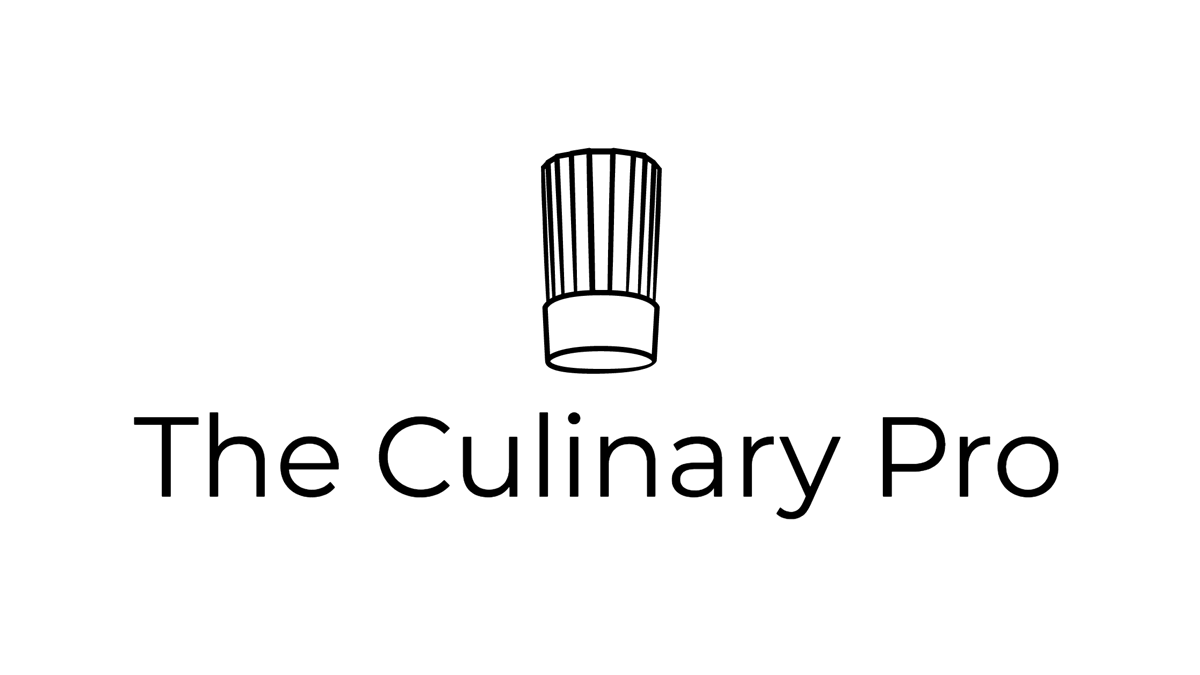Smoking
Wood smoking has been used for centuries as a way to preserve and add flavor to all types of foods including meat, poultry, fish, seafood, cheese, and vegetables. Beverages including whisky, barley malt, and tea, are other examples where smoke is used as a flavor enhancer. Smoking is done using different methods, including barbecuing over open flame or grill, but it is most often done in an enclosed chamber, where it is cooked slowly using the an indirect cooking method.
Smoked Hams
The Science of Smoking
Hardwoods are used in the smoking process because they burn slow and produce favorable flavors. Aggregate sugars found in wood, including cellulose and hemicellulose, caramelize when burned producing color and flavoring to the smoked product. Phenolic compounds in wood act as antioxidants which slow bacterial growth. Formaldehyde and acetic acids produced during the process help to lower the pH level of foods and act as preservatives. The ideal condition that provides the best smoke flavor and color for wood burning is 750˚F/400˚C.
Types of Smoking
Cold smoking is done between below 80˚F/27°C
Cold Smoking – Used as a drying and preservation technique below 80˚F/27°C, the product is not cooked but actually dried. Foods to be cold smoked are often cured or brined before smoking. Cold smoking is done in a chamber or smokehouse with the smoke injected into the chamber. The temperature is closely monitored to prevent cooking the product and denaturing the proteins. Ice is sometimes incorporated to lower the temperature and prevent bacteria growth. Cold smoking times are as short as an hour or up to several days or weeks, but typically are done in a few hours.
Smoke House Fish
Hot Smoking – Occurring between the ranges of 165°F/74°C to 185°F/85°C this method fully cooks the product. Hams, ham hocks, or bacon are common hot-smoked meats. Salmon, chubbs, and herring are fish that are typically hot smoked. Hot-smoked foods are cooked are sometimes cooked for prolonged periods to develop tenderness and texture. Smoking happens at a quicker pace because of the higher heat.
Smoke Roasting – Done in pit barbecues, wood-fired ovens, or closed smokers at 225°F/105°C or higher, this process is similar to barbecuing. Foods are cooked low and slow over wood or hardwood charcoal. Beef briskets, whole pigs and sausages are some products that are commonly smoke roasted.
Pan Smoking – A makeshift stovetop smoking method using a covered pan or skillet with a rack provides a smoked flavor enhancement to foods
Wet Smoking – Smoking by nature is low in humidity and can quickly dry out a product in the cooking process. Wet smoking, also known as water smoking, seeks to counterbalance this drying process by placing a pan of water under the product to create moisture as it smokes. Some modern smokers have sophisticated steam generators to inject moisture into the chamber while cooking. Periodically misting the chamber is another option.
